Roof Inspections
DJJ Roofing Roof Inspections
Maintaining the integrity of your roof is crucial for the overall health of your home, and regular roof inspections are a key component of that maintenance. At DJJ Roofing, we pride ourselves on our expertise and commitment to delivering quality service. Our team of professionals is dedicated to ensuring that your roof remains in top condition, providing peace of mind and protecting your investment.
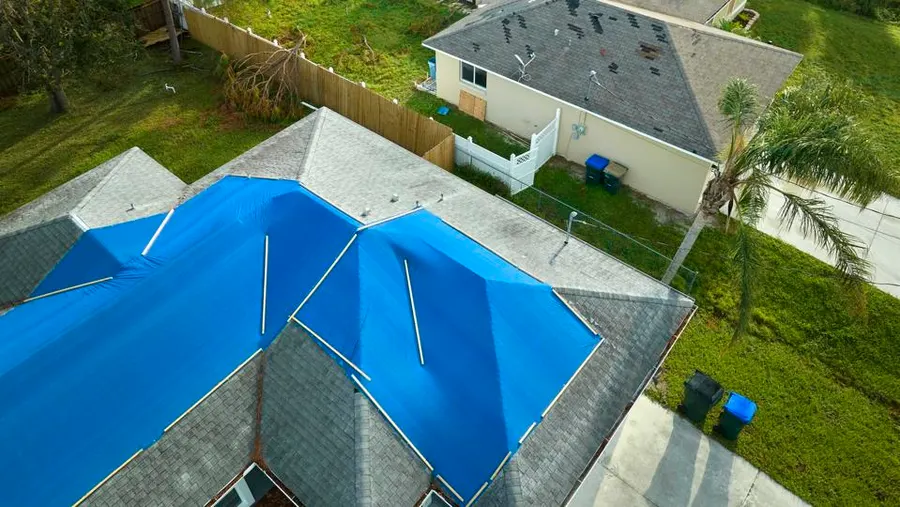
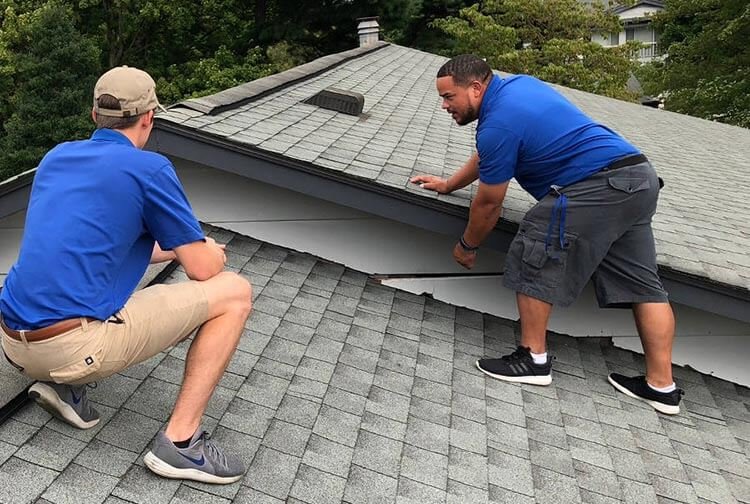
Roof Inspections
Why Roof Inspections Are Important
Roof inspections play a vital role in preventive maintenance by identifying and fixing minor issues before they become major problems. Regular inspections can significantly extend the lifespan of your roof, ensuring that it continues to protect your home effectively. A well-maintained roof also boosts your property’s value, making it a crucial aspect of home maintenance. Additionally, ensuring the structural integrity of your roof is essential for the safety of everyone inside the building.
Roof Inspections
When to Schedule a Roof Inspection
Scheduling regular roof inspections, such as annually or bi-annually, helps maintain your roof’s condition. It’s also important to inspect your roof after severe weather events, such as storms, heavy winds, or hail. When buying or selling a home, a roof inspection can provide valuable information about the property’s condition. Visible signs of damage, like leaks or missing shingles, also indicate that it’s time to call for a professional inspection.
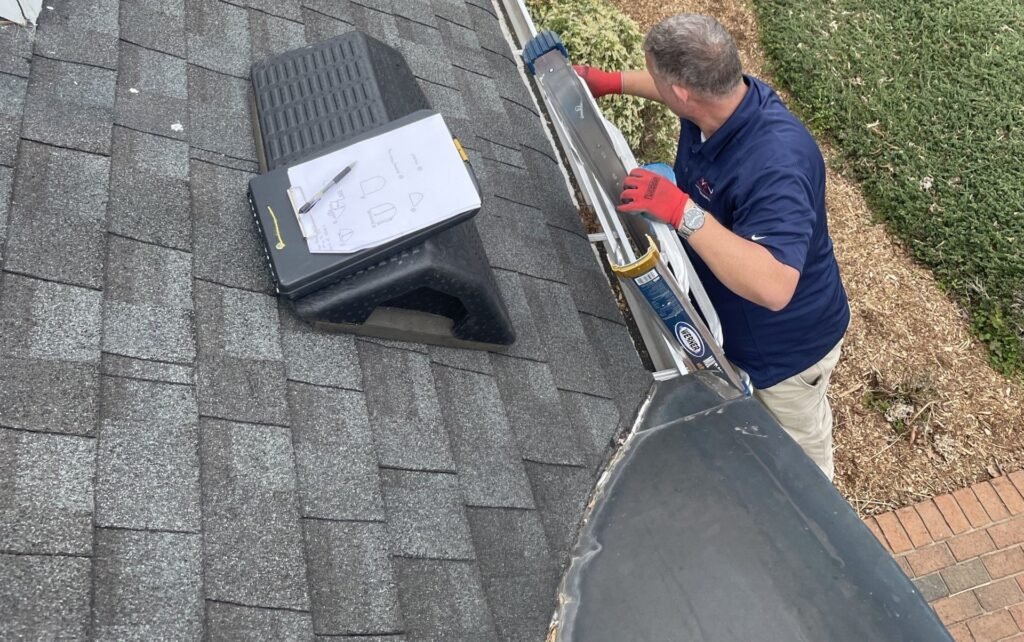
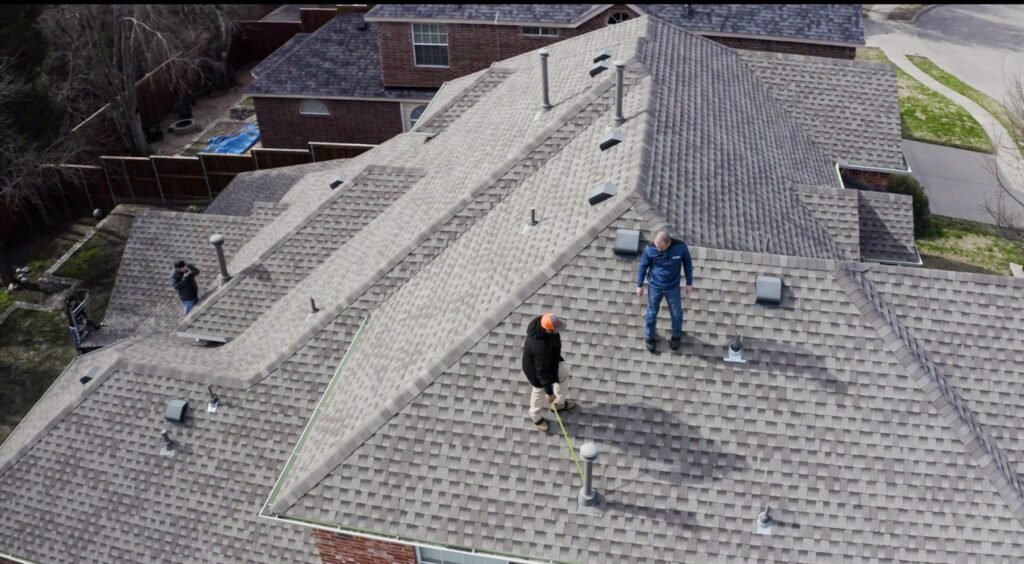
Roof Inspections
What to Expect During a Roof Inspection
During a roof inspection, our team conducts a thorough exterior examination, checking shingles, gutters, flashings, and the chimney. We also perform an interior inspection, examining the attic, insulation, and ventilation, and looking for any signs of water damage. Our use of advanced technology, such as drones and infrared cameras, ensures a comprehensive and accurate assessment of your roof’s condition.
Roof Inspections
Common Roof Problems Identified During Inspections
Our inspections often identify common roof problems, including leaks and moisture, shingle damage, flashing issues, and gutter and drainage problems. We also check for ventilation and insulation issues and assess any structural concerns that may need attention.
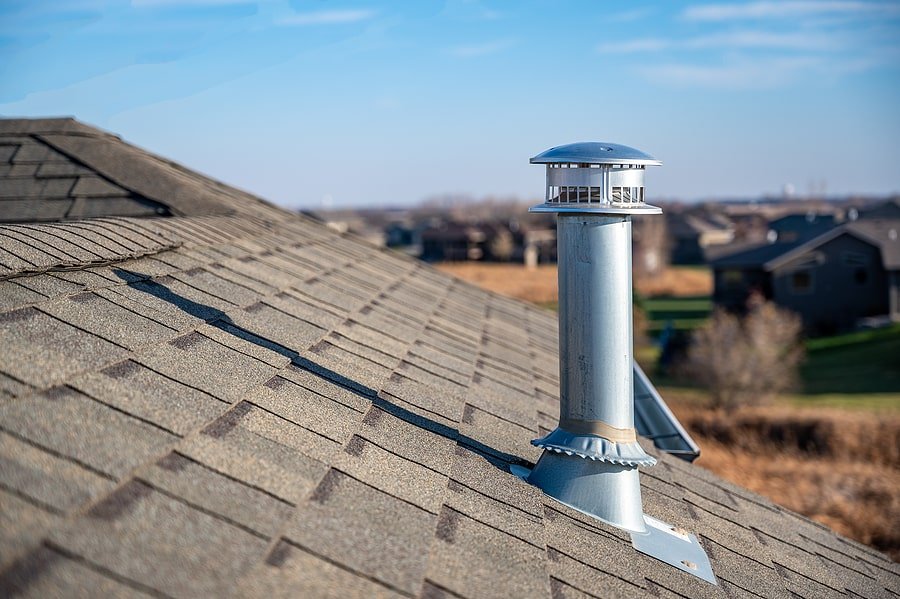
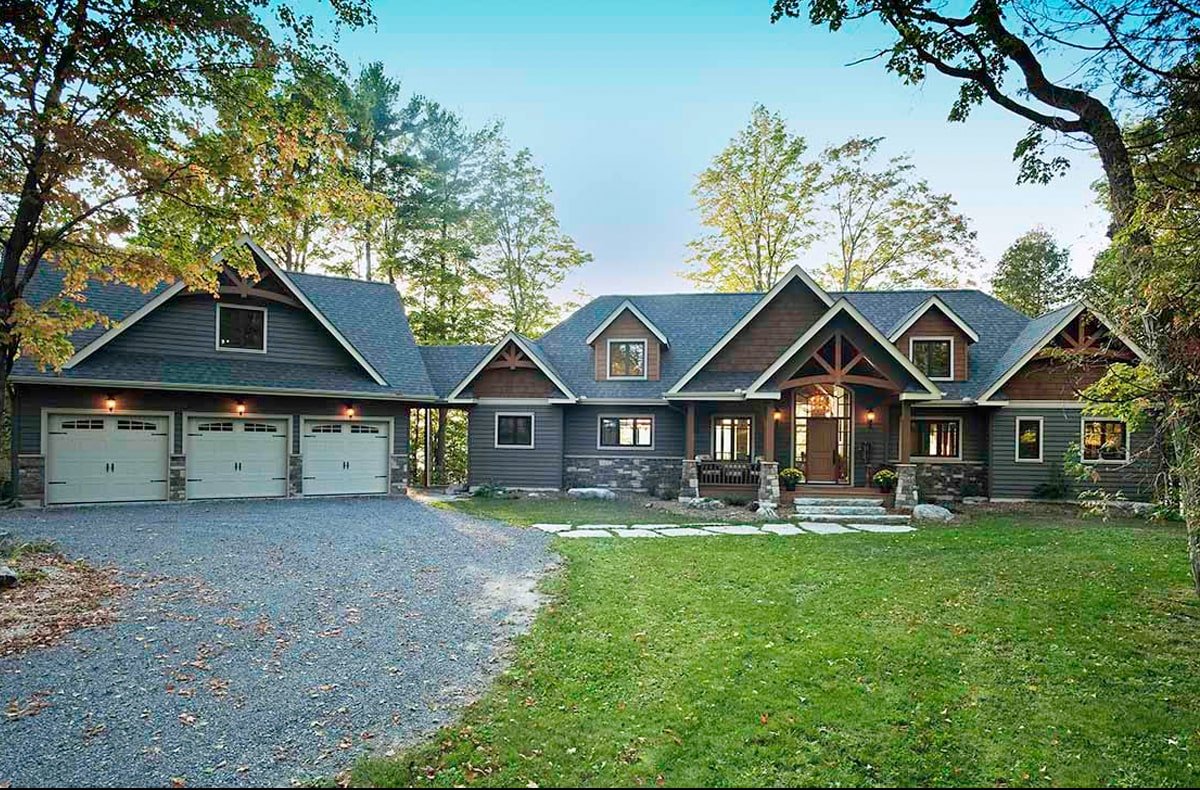
DJJ Roofing’s Inspection Process
Our detailed inspection process involves a step-by-step approach conducted by trained and certified inspectors. We provide comprehensive reports with our findings and offer recommendations and estimates for any necessary repairs. Our goal is to ensure you have a clear understanding of your roof’s condition and the steps needed to maintain it.
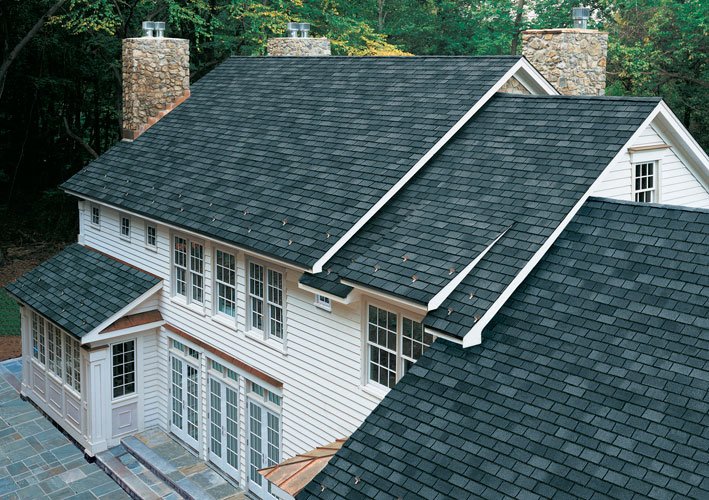
Benefits of Choosing DJJ Roofing
Choosing DJJ Roofing for your roof inspection means working with an experienced and professional team dedicated to high-quality workmanship. We use top-tier materials and methods, and our customer testimonials reflect our commitment to satisfaction. We stand by our work with a satisfaction guarantee, ensuring you receive the best service possible.
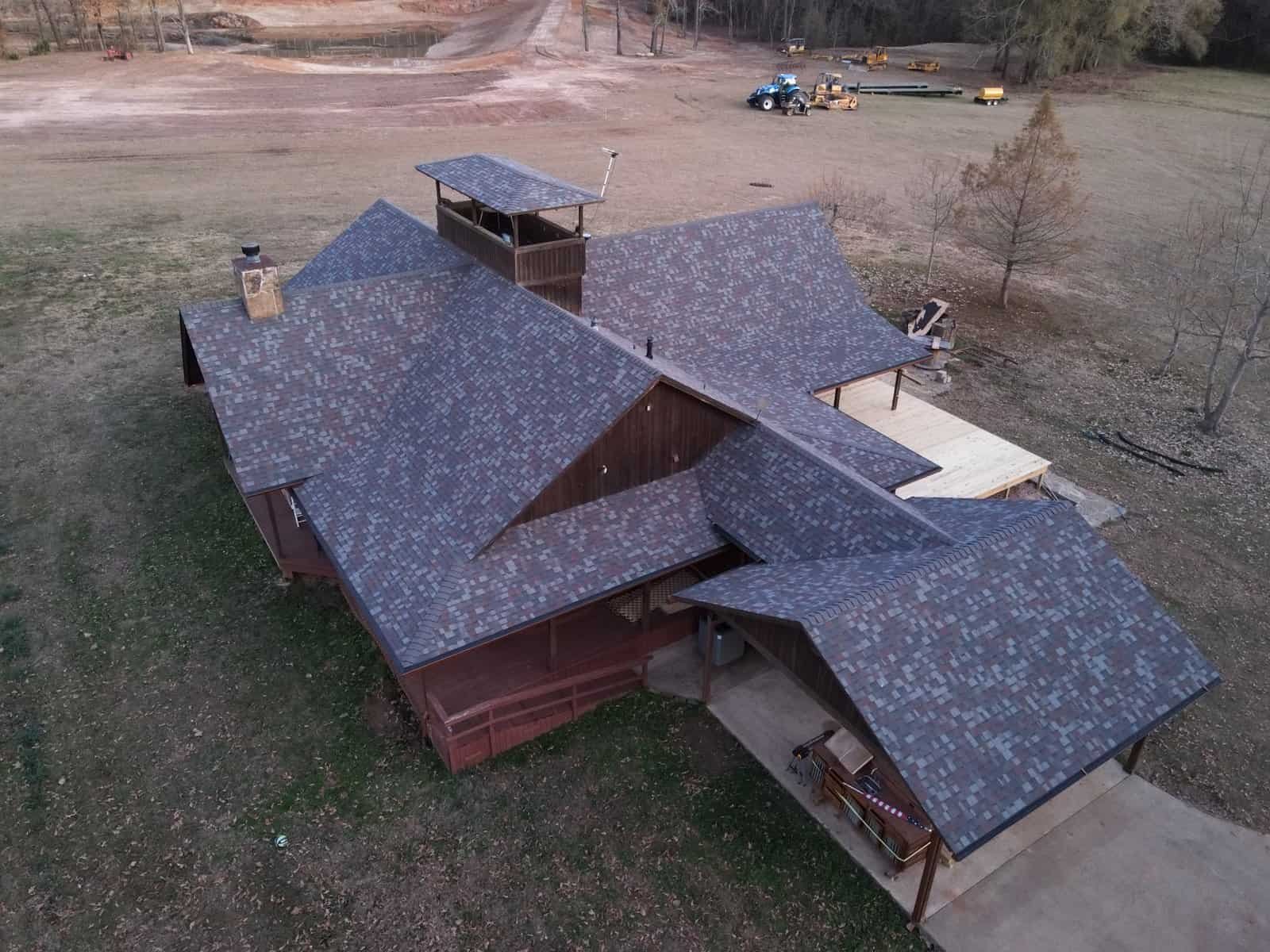
How to Schedule an Inspection
To schedule an inspection with DJJ Roofing, you can contact us via phone or email. We also offer an easy-to-use online booking form for your convenience. Our services are available across various areas, and we are ready to assist you with your roofing needs.
Conclusion
Regular roof inspections are essential for maintaining the health of your home. DJJ Roofing is committed to providing top-notch inspection services that ensure your roof remains in excellent condition. Contact us today to schedule an inspection and experience the peace of mind that comes with knowing your roof is in expert hands.

Why Choose Us
Reasons For People Choosing Us
Quality Material
We use high quality materials to ensure the strongest protection.
Top Rated
We are the most top rated 5 star roofers on Google in Northeast Texas.
Fair Pricing
Cost-effective and transparent pricing for all of your roofing service needs.
Time Flexibility
Also, our clients take comfort in knowing that real solution options are provided as opposed to high pressure sales tactics.
Quick Response
Your time matters to us, We'll respond as soon as possible.
We Are Here To Serve
Also, our clients take comfort in knowing that real solution options are provided as opposed to high pressure sales tactics.
Free Consultation
Contact Us
1. Visual Inspection
A visual inspection is the first and most straightforward step in roof inspections. This involves carefully examining the roof’s surface for obvious signs of damage, such as cracks, blisters, punctures, or areas of ponding water. Inspectors will also look for loose or missing roofing materials and ensure that all flashing and sealants are intact. This step helps to quickly identify visible issues that could lead to more significant problems if not addressed promptly.
2. Structural Inspection
The structural inspection focuses on the integrity of the roof’s support system. Inspectors will check for sagging, uneven surfaces, and any signs of structural damage that could compromise the roof’s stability. This includes inspecting the condition of rafters, trusses, and decking. Ensuring the structural soundness of the roof is crucial to prevent potential collapses or extensive repairs.
3. Material Condition Assessment
Assessing the condition of roofing materials is essential to determine their longevity and performance. Inspectors will evaluate the state of TPO membranes, shingles, tiles, or other materials used. This involves checking for wear and tear, weathering, and any signs of material fatigue. Proper assessment ensures that the roofing materials are still effective in protecting the building from environmental elements.
4. Waterproofing and Drainage Evaluation
Effective waterproofing and drainage are critical to a roof’s performance. Inspectors will check the roof’s waterproofing systems, including membranes and coatings, to ensure there are no leaks or vulnerabilities. Additionally, the inspection will include an evaluation of the roof’s drainage systems, such as gutters, downspouts, and internal drains, to ensure water is being properly channeled away from the roof to prevent water damage and ponding.
5. Safety Features Examination
Safety is a paramount concern during roof inspections. Inspectors will verify that all safety features, such as guardrails, safety lines, and anchor points, are in good condition and meet regulatory standards. This step ensures that the roof is safe for maintenance personnel and that all safety protocols are being followed to prevent accidents and injuries.
6. Maintenance Record Review
Reviewing the roof’s maintenance records provides insight into its history and any recurring issues. Inspectors will go through past inspection reports, repair logs, and maintenance schedules to identify patterns or areas that require special attention. This helps in planning future maintenance activities and addressing any underlying problems that may not be immediately visible.
7. Energy Efficiency Analysis
An energy efficiency analysis involves evaluating the roof’s ability to insulate the building and contribute to overall energy savings. Inspectors will check for proper insulation, reflective coatings, and other energy-efficient features. Improving energy efficiency can lead to significant cost savings and a reduced environmental footprint for the building.
8. Detailed Reporting and Recommendations
The final step in a roof inspection is compiling a comprehensive report detailing the findings and providing actionable recommendations. This report will outline any detected issues, the severity of the problems, and suggested repair or maintenance actions. Providing a clear and detailed report helps property owners make informed decisions about necessary repairs and long-term maintenance strategies.
